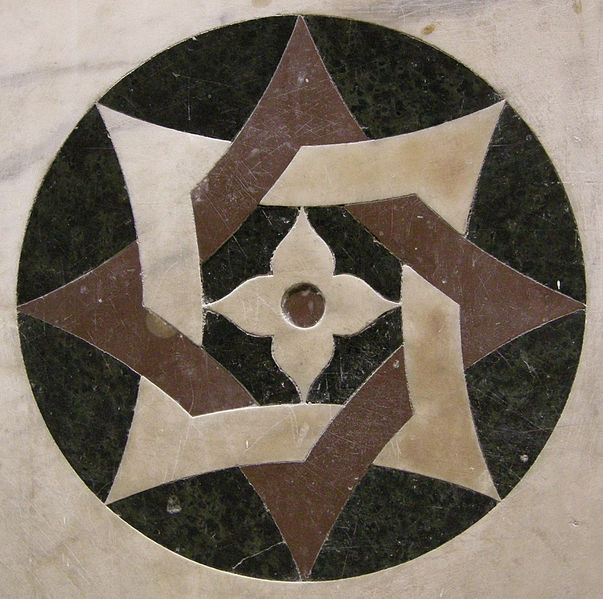


|
Joined:
|
28/01/2011 |
|---|---|
|
Last Updated:
|
28/01/2011 |
|
Location:
|
Gjøvik, Norway |
|
Climate Zone:
|
Cold Temperate |
|
Gender:
|
Male |
|
Web site:
|
permaliv.blogspot.com/ |
(projects i'm involved in)
(projects i'm following)
Back to Øyvind Holmstad's profile
Posted by Øyvind Holmstad almost 13 years ago
Why is this a cosmological matter? It had its origin in 19th century, when ornament became something to be applied, not something arasing originally from its context. Adolf Loos, trying to overcome a spurious and disconnected attitude to ornament, began the early 20th-century revolt against irrelevant and decadent ornament. In pursuit of a less decadent form of art, he argued, in a famous catchword, that "ornament is a crime". See Adolf Loos, ORNAMENT AND CRIME: SELECTED ESSAYS, 1897-1900 (Riverside, California: Ariadne Press, 1998). By mid-20th century, later versions of this assumption then said, essentially, that all ornament should be removed from buildings and their geometry should be derived from function. This hinged on the tacit message that what is practical that what is practical is only mechanical; and that any ornament or form which is not mechanical, is removable, unnecessary. A profound way of seeing form in which both ornament and function arouse from a single evolving morphology, did not yet exist.
 |
| Photo: sailko |
Mid-century purity lasted until about 1970, when architects again, like builders of old, bringing in ornament and shape out of sheer enjoyment. But even then, in the post-1970's postmodern work of the 20th century (which often has a frivolous attitude to shape and ornament) the conceptual split caused by our mechanistic world-picture still exist. There is a functioning part (the practical part), and an image part (the art part). In some of the latest buildings, built during the latest three decades of the 20th century, this image part, because of the conseptual context, became truly arbitrary and absurd.
 |
| Photo: sailko |
The separation of ornament from function is a cosmological matter because it fits, and supports, and stems from, the mechanistic view. In a machine, the geometry of a thing exists in order to perform in a certain way. The alternative – that both geometry and function are part of one greater whole – implies that order, geometry, might have meaning and significance together with function, as one greater body. This is indeed what I would argue. The goal of architecture is to intensify the degree of life in space. Function cannot then be separate from beauty. All functional forms will also be ornamental, as they are in nature. The artist, working from this spirit, will naturally and spontaneously bring color, detail, and ornament into his work, because it is necessary to bring that space to greater life. And if that is true, it will imply, right away, that this thing is not a machine. So, it is no surprise at all, that at the outset of the 20th century Adolf Loos established the doctrine that ornament is a crime. And it is no surprise at all that in the late 20th century, when beauty of shape could no longer be entirely ignored, a new and drastic form of separation between was introduced in architecture, whereby shapes often became trivial – sometimes even funny or ridiculous. To see such buildings which border on the absurb because of drastic separation of form and function, one has only to look through the pages of any avant-garde magazine on architecture. Outlandish examples, made for reasons that have to do with image, not truth, are presented every month for the pleasure of their readers. - Christopher Alexander, The Luminous Ground, page 26-27
 |
| Photo: sailko |
You must be logged in to comment.

| Permaculture Design Course |
| Type: Permaculture Design Certificate (PDC) course |
| Teacher: Aranya Austin |
| Location: Orreviks Gård, Sweden |
| Date: Jul 2011 |